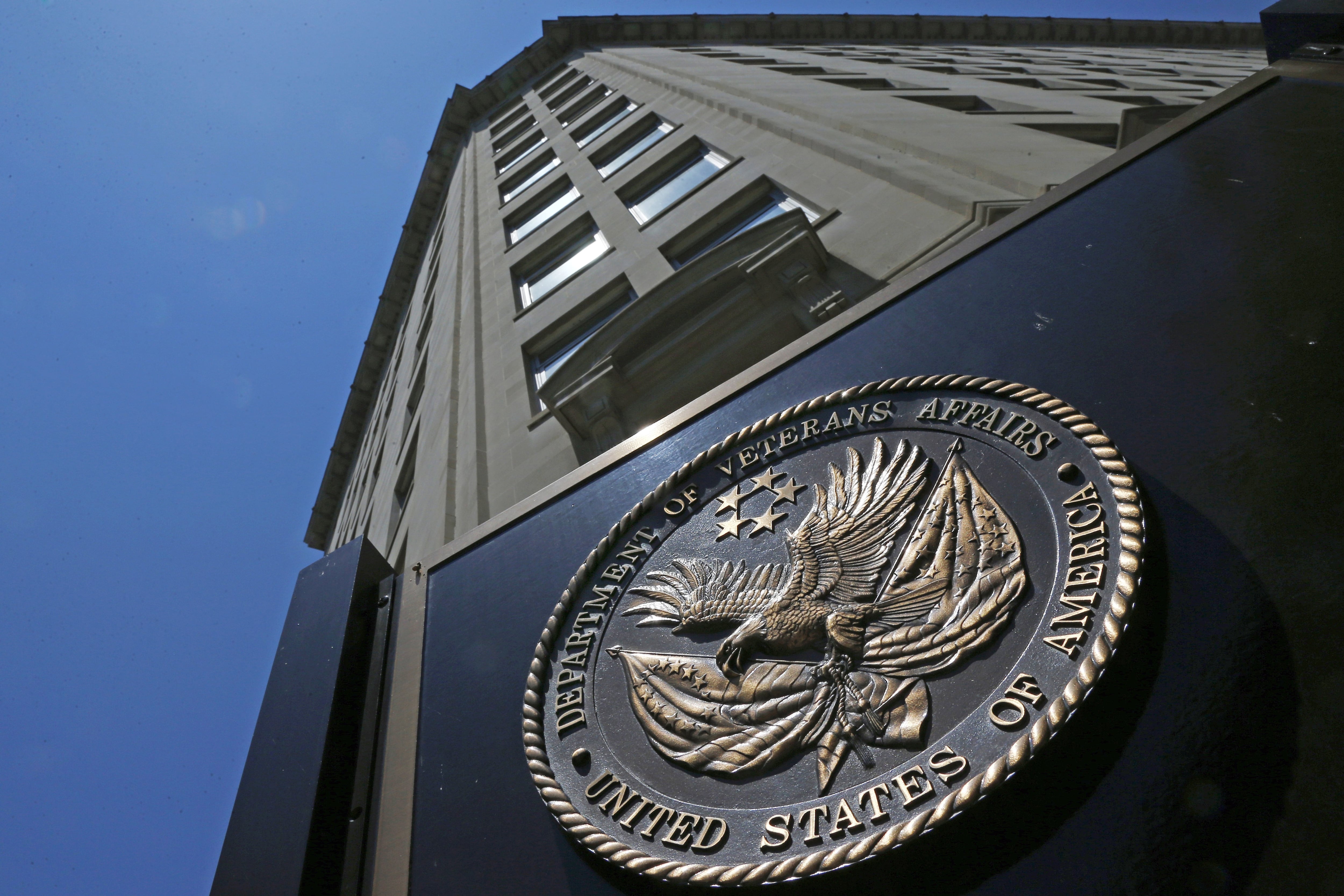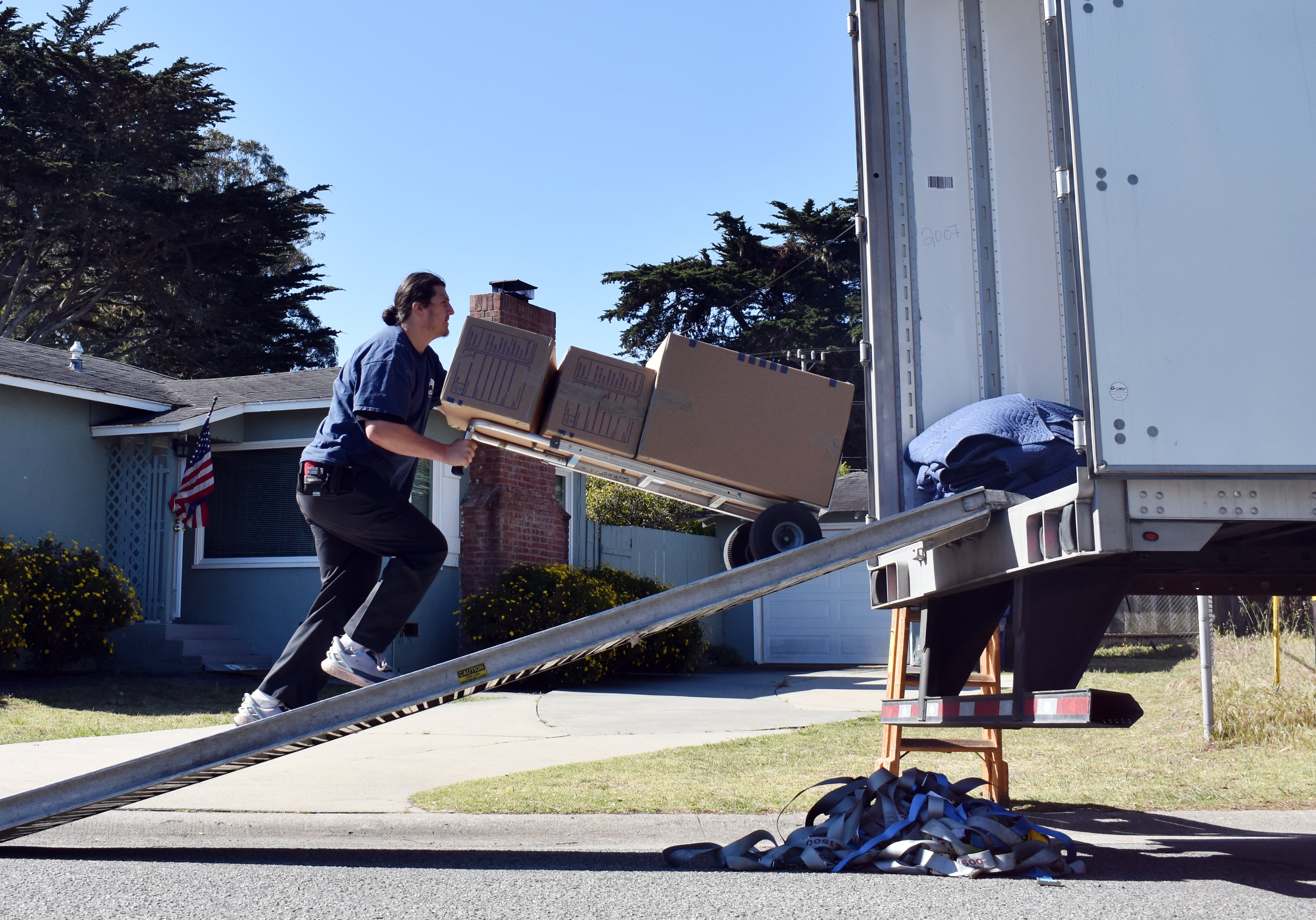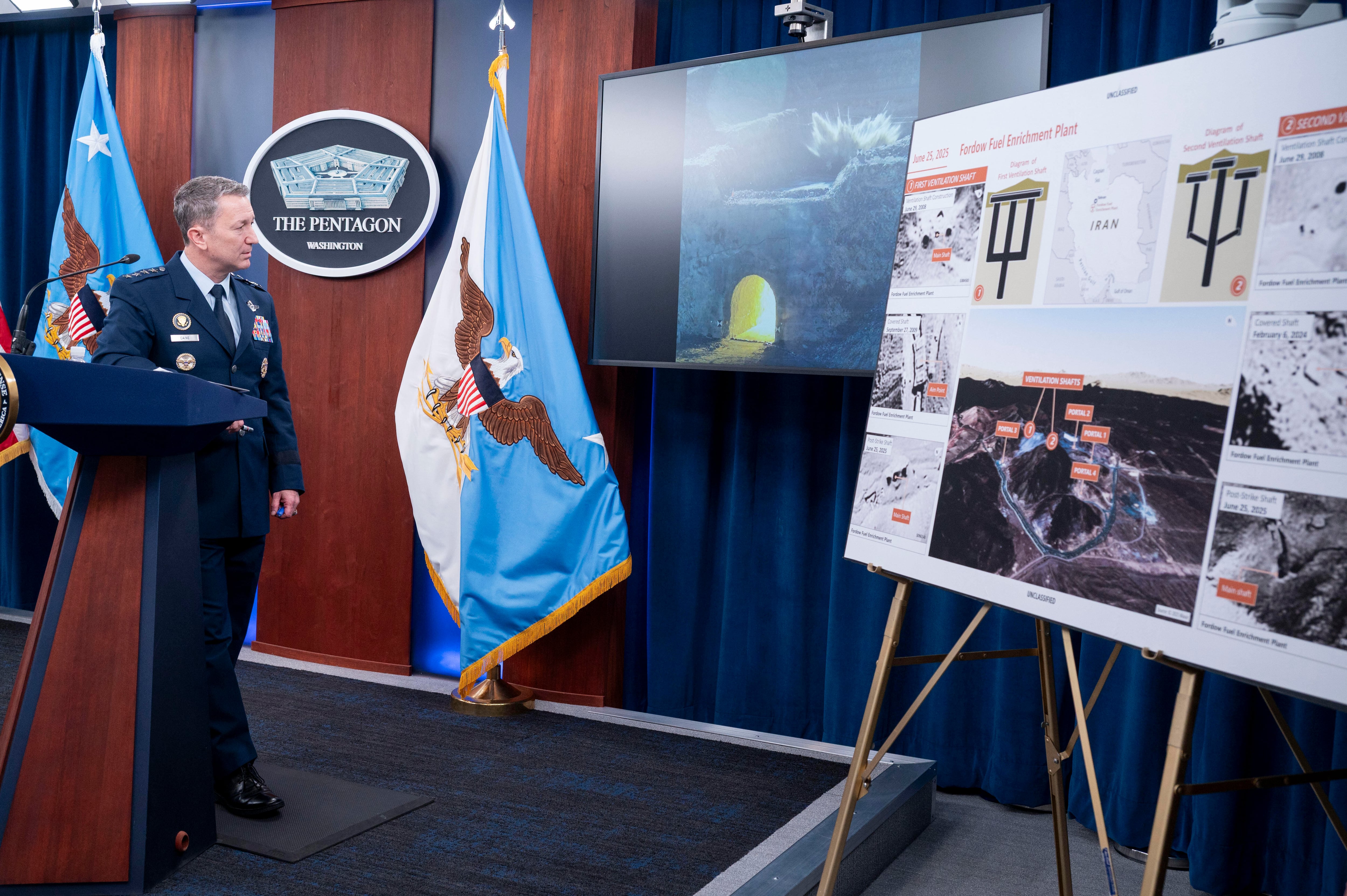source GAIA package: Sx_MilitaryTimes_M6201410310120014_5675.zip Origin key: Sx_MilitaryTimes_M6201410310120014 imported at Fri Jan 8 18:19:05 2016
In the coming month or so, Marine Corps Base Camp Lejeune, North Carolina, will be transformed into a laboratory as some 90 researchers and 650 Marine volunteers and staffers embark on a first-of-its kind experiment to test the dynamics of co-ed units in combat.
The work of the Marines' Ground Combat Element Integrated Task Force is to devise gender-neutral physical standards for ground combat units by determining precisely what it takes to do the job of, for example, an infantryman or a machine gunner.
The experiment will take roughly nine months, including a rigorous training workup and a "deployment" to the West Coast afterward. The team must meet a tight deadline: According to a Defense Department mandate, all service leaders, including the commandant, owe a report to the defense secretary by the end of 2015. Unless the services successfully make a case to keep specific combat jobs closed to women, all fields that remain closed will open to women by the end of 2016.
But the task force isn't looking at the possibility of exceptions, said Col. Anne Weinberg, deputy director of the Marine Corps Force Innovation Office.
"In our minds, this is not about whether women are going to get in. This is about how we integrate them with proper physical training programs and injury mitigation," she said.
Answering that question involves an array of sensors, GPS devices, heart-rate monitors, "Bod Pods," and 11 different military and civilian organizations.
As Marines check into the unit, one of their first stops is an on-site laboratory run by researchers from the University of Pittsburgh. Those researchers put them through a two-day battery of tests and assessments gauging physical condition, injury history, body mechanics and more, said Dr. Katelyn Allison, an assistant professor with the university's department of Sports Medicine and Nutrition and one of the school's project leads with GCEITF.
The workup will test Marines' initial body fat using the "Bod Pod," a highly accurate egg-shaped enclosed device that gauges air displacement. They'll also undergo balance tests, a functional movement screen, a treadmill test, and stretch tests of major muscle groups. The Marines will answer detailed questionnaires describing their injury, nutritional and training histories. The volunteers will return to the lab for testing before they deploy and then again after the experiment ends, around July 2015, as Allison and the research team monitor injury rates and other relevant physical data.
The work of populating the task force began with a Marine Administrative message published in May. The MARADMIN called for female and male volunteers, limiting the search to sergeants and below with fewer than nine years experience.
Standing up the task force
For female Marines, three options emerged: those in one of 13 combat support and combat service support jobs ranging from administrative specialist to motor vehicle operator could volunteer to serve in a provisional rifle company, drawing on a common basis of training that validates the doctrine "every Marine a rifleman." Or, they could volunteer to serve in one of nine still-closed MOSs from rifleman to M1A1 tank crewman, agreeing to complete required instruction at Infantry Training Battalion and any required MOS schools before joining the task force. Female combat engineers were also invited to volunteer to assess the combat engineering role within ground combat units, according to the message.
Males volunteered from a similar trio of categories. In each unit during training, males and females will be integrated at varying ratios, with an approximate breakdown of 25 percent female, 75 percent male.
One immediate challenge emerges: how to compare female ground combat Marines who have never served a day in the fleet in that specialty with experienced male Marines who may have completed multiple deployments. John Dober, the first sergeant for the task force's all-infantry Alpha Company, said the solution is a combination of assessing male volunteers from diverse backgrounds — from recently graduated rookies to seasoned vets — and using the five or six months the unit will spend at Camp Lejeune to train every Marine in the company to a level of peak readiness.
That will fall on the shoulders of a hand-selected cadre of instructors and trainers from throughout the Corps.
"This is the A-Team," Dober said. "I've been fortunate enough to be blessed with some very savvy NCOs and officers."
The provisional rifle platoon, staffed by support Marines who have never been through infantry training, will also help researchers to assess the role of experience in developing capabilities, Dober said.
The task force, which is organized in the style of a Marine expeditionary unit's battalion landing team, will also be unique in that the weapons element, which would ordinarily be a platoon inside of the infantry company, has been broken out into a separate company, leaving Alpha company "0311-pure," according to Dober, or entirely made up of riflemen apart from the provisional element. The arrangement, he said, would lend itself to better analysis.
"It's not a unit that's going to be tactically employed," he said. "It's going to be assessed."
Training and deploying
The task force is set to reach a strength of 400 volunteers, with Marines trickling in at odd intervals after they complete required training. Its unit colors were unfurled Sept. 19, marking the unit's activation, and the already-formed companies are keeping Marines busy with standard physical training regimens as they wait for others to arrive.
Sgt. Maj. Robin Fortner, the unit's senior enlisted adviser, said the act of uncasing the flag built Marines' enthusiasm for what they were about to do.
"It took us awhile to get these colors," she said. "We know that when we put them out, that's something Marines kind of stand by. We had company first sergeants fighting for their guidons."
Once populated, the units will operate out of Lejeune as platoons and companies, developing proficiency in field-specific training and readiness standards.
At the company level, these standards include events such as "clear an area," "conduct a tactical march" and "conduct a raid," according to a 190-page manual for infantry Marines published in 2012.
In July editorial in the Marine Corps Gazette, commandant Gen. Jim Amos said Marine Corps Training and Education Command took time in 2013 and 2014 to analyze 29 MOSs with existing entry-level T&R physical standards, 21 of which were closed to women at the time. From that list the command validated 170 of the existing standards and came up with 278 correlating physical tasks.
Still, task force staff are cramming ahead of the start of training, said 1st Lt. Stephanie Damren, who was given orders from Lejeune's 8th Engineer Support Battalion to be the task force's engineer officer. Her engineer platoon, which falls under Headquarters and Service Company, will have roughly 32 volunteers, 12 of them women.
"I'm getting back to the basics, absolutely pulling out all my engineer [publications] from school, ensuring that I know all the tasks that I haven't done for two years in the fleet," Damren said. "I'm reading a lot."
Her unit's tasks will include the employment of demolition, route clearance, marking and opening lanes for the infantry, and reducing captured enemy ammunition, among others, Damren said. That will entail field training about once a month as they bring the Marine volunteers up to speed.
The team from UPitt will observe the Marines as they train, particularly in field exercises. The researchers will monitor Marines outfitted with wearable tech, including GPS watches, heart-rate belts and accelerometers, Allison said.
A team from Marine Corps Operational Test and Evaluation Activity will also observe the troops on-scene as they complete training. When they deploy in the February time frame, MCOTEA will begin its data collection in earnest.
The unit as a whole will arrive first at Marine Corps Base Twentynine Palms, California, and begin executing tasks related to the training and readiness standards to which they have been trained. A sample for infantry Marines will be a 300-meter maneuver under fire, Weinberg said.
For each task, the relevant unit will be divided into three parts: an all-male element, a high-density, or high-population female element, and a low-density, or low-population female element. The Marines will wear just about every imaginable sensor for MCOTEA's research: In addition to video cameras that will film the completion of each task, each Marine will have a GPS and heart-rate monitor to show his or her individual effort relative to the group, and a shot sensor on his or her weapon. Targets will have a shots-received sensor so the number-crunchers can track the number of rounds fired for each Marine and the accuracy with which they were fired.
"At the completion of each task, every Marine gets surveyed and they also get an opportunity at the unit level to discuss how they felt stress: if each Marine contributed the most, if each Marine contributed the least; each individual's feeling," Weinberg said.
Because biological markers don't lie, the Naval Health Research Center will swab Marines' saliva at the end of tests to analyze physical signs of stress.
The task force will also travel to Camp Pendleton and the Marines' Mountain Warfare Training Center in Bridgeport, California, to allow units to complete terrain-specific exercises. At Bridgeport, for example, Alpha Company, Weapons Company and The engineer platoon will have the opportunity to work in the mountains. At Pendleton, the Amphibious Assault Vehicle platoon will be able execute amphibious tasks using the water at Del Mar.
Crunching the data
Ultimately, TECOM will be responsible for turning reams of raw data from MCOTEA into gender-neutral standards that will serve as prerequisites for each MOS, Weinberg said. Part of the challenge there, she said, is that individual tasks tend to be somewhat quantitative, but collective unit tasks call for more qualitative elements.
"You get to a point where you'll have very different requirements and measurements for each of these MOSs, and that will be the standard," she said. "We're moving toward occupationally specific physical assessments."
The intangibles — unit cohesion and stress, to name two — will be studied by the Center For Naval Analyses via climate surveys at the beginning, middle and end of the experiment.
Volunteers will answer why they joined the task force, what their experience was like, and how they were accepted by their fellow unit members, male and female, Weinberg said.
These results won't inform MOS standards, Weinberg said, but they may inform possible professional military education — including a briefing that may become mandatory for gender-integrating units in the near future, pending approval. Other training packages, including scenario-based training, may be placed online for Marines to peruse on a voluntary basis.
"This is an opportunity to do [the integration] right," Weinberg said. "We should have done this a long time ago, and we didn't."





